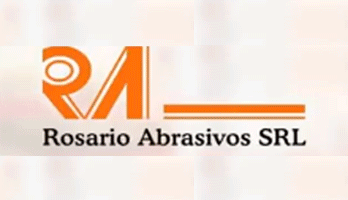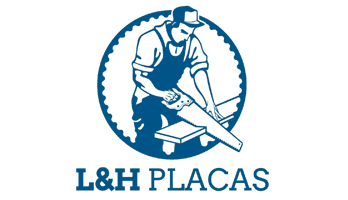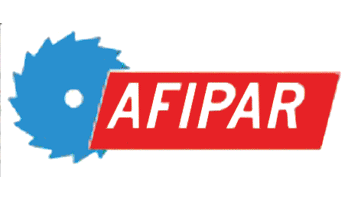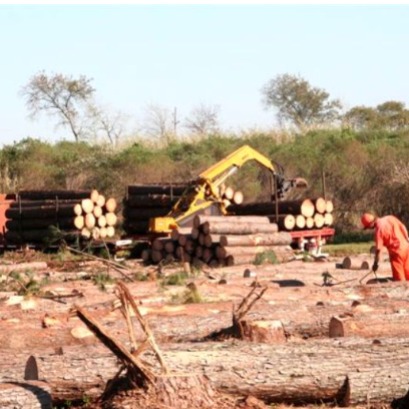
Training for communicators | They will dictate a workshop on the development of forest production and the wood industry in Argentina
The Association of Agrifood Journalists of the Autonomous City of Buenos Aires, together with the Argentine Industrial Forest Council (trust), organizes a workshop specialized in forest production and wood industry in Argentina.
The event, which is part of the 2030 strategic plan of the sector, is aimed at journalists and communication professionals who work in public and private media, institutions or entities. The appointment is on Wednesday, August 20, with a duration of three hours. The workshop will be taught in person after 12 noon at the headquarters of the Argentine Rural Society, located in Juncal 4450, in the city of Buenos Aires. For whom they cannot attend, a virtual transmission will be offered that will begin at 12:30 pm. The free registration requires prior registration through an online form. The Argentine Industrial Forest Council (trust) is composed of the Argentine Forest Association (AFOA), the Argentine Federation of the Madera Industry (FAIMA), the Association of Sawmlings and Maderos (Asora) and the Association of Cellulose and Paper Manufacturers (AFCP), among others. Competitive, socially responsible and environmentally sustainable in the context of a circular bioeconomy. The workshop is an opportunity for communicators to deepen their knowledge about the development of forest production and the aggregate of value at all stages of the chain.
IT MAY INTEREST YOU
 Combilift Unveils the 2025 Christmas video “Twelve Days of Christmas” – with a Twist!
Combilift Unveils the 2025 Christmas video “Twelve Days of Christmas” – with a Twist!
Monaghan, Ireland – November 2025
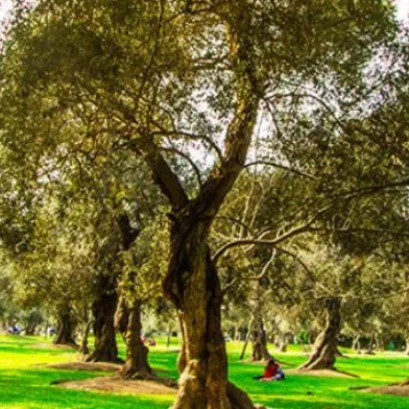 The city in South America that breathes thanks to a thousand olive trees planted in the 17th century
The city in South America that breathes thanks to a thousand olive trees planted in the 17th century
In the heart of South America there is a city that, among the noise and concrete, still breathes thanks to an olive forest
 The discovery of methane-producing bacteria in trees rethinks the ecological role of forests
The discovery of methane-producing bacteria in trees rethinks the ecological role of forests
Pioneering study shows trees surprising internal microbial diversity and potential influence on global climate, driving novel strategies for agricultural and forestry management



